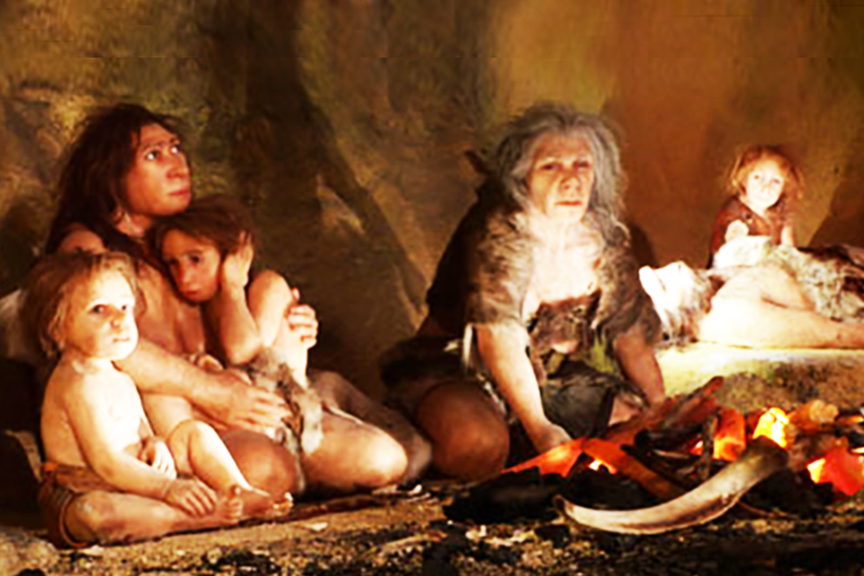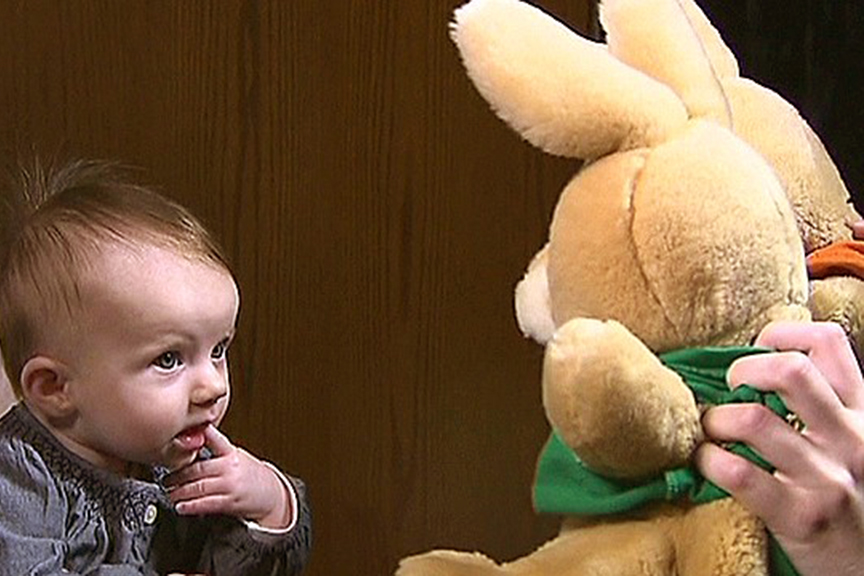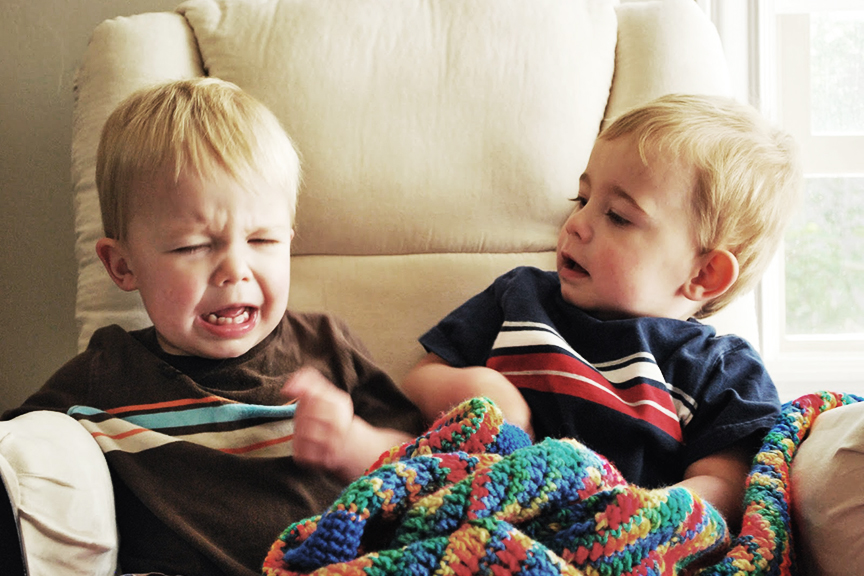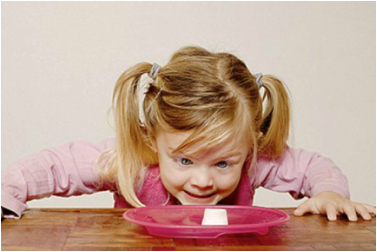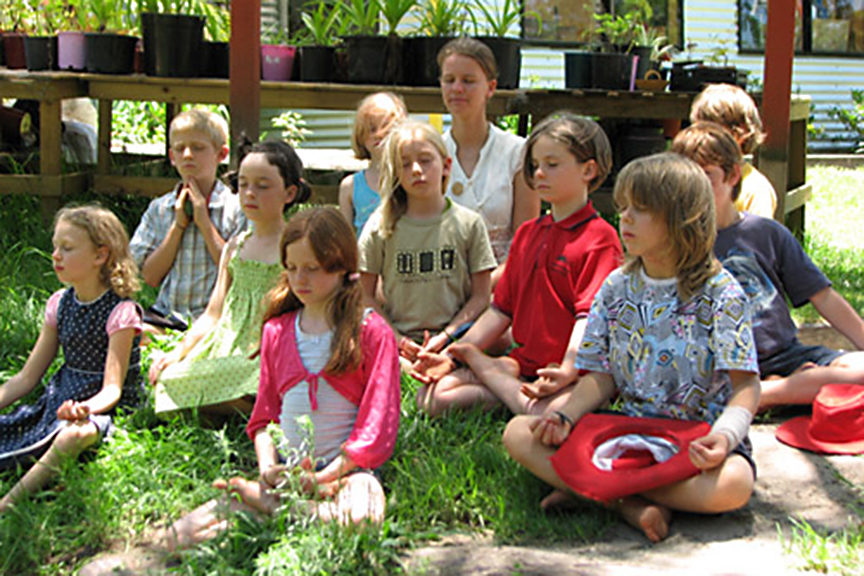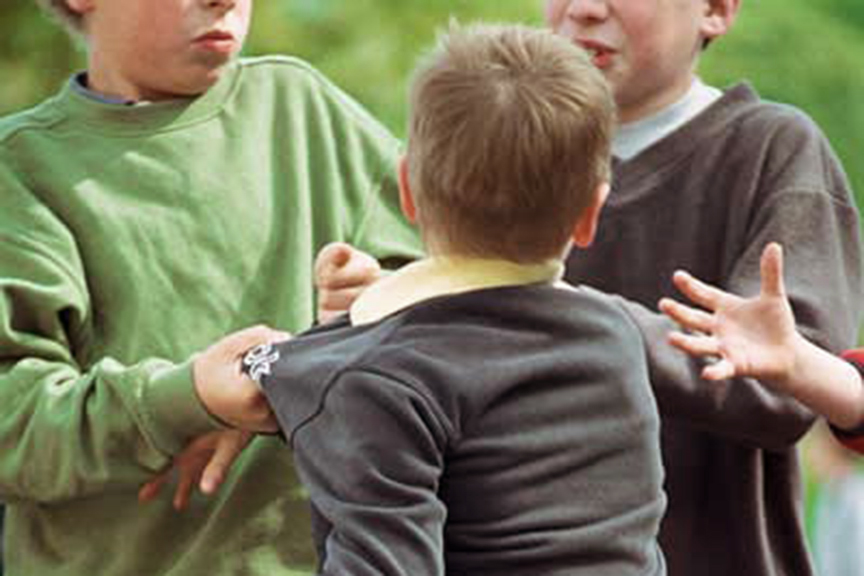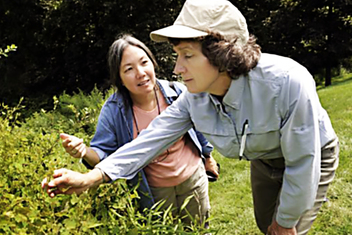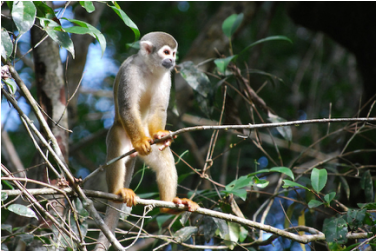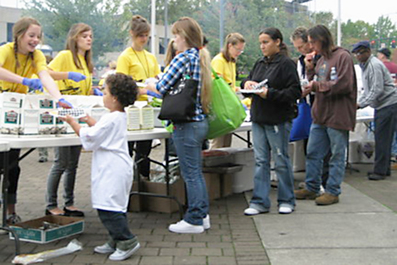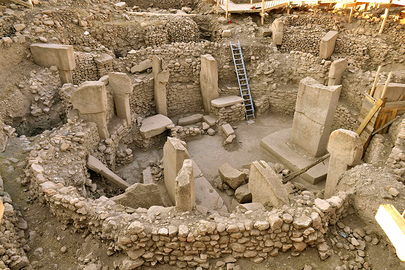Expanding Neuroscience Tells Compassion's Life Story
Compassion is feeling another's discomfort with an active urge to give relief.
Science is showing it to be a key building block of personal and social health.
Compassion is feeling another's discomfort with an active urge to give relief.
Science is showing it to be a key building block of personal and social health.
|
2. Born for Love
Soft little babies – helpless for years, without shell, fangs, or claws, – must rely on the compassion of family and "tribe." Our kind have evolved so that every child's first experience proves to her that caring can happen. 3. Morality Play
This baby girl already prefers a puppet that "acts kindly" to one that acts aggressively. As early as six months, a kind of morality can be observed that mirrors the major spiritual traditions and the development of civilized law. |
|
6. Brain-Building Calisthenics
Meditation and mindfulness are readily learned and immediately benefit young children's development. Six weeks of practice produce measurable physical changes in the brain, as well as increased self-control and happiness. Learning, cooperation and socialization benefit, while stress, conflict and emotional problems are minimized. Enhanced compassion is a pro-social side effect. |
|
7. Mind the Bullying
Animals establish pecking-orders to relieve stress and reassure individuals they belong, but human bullies often escalate their antisocial actions and victims can be scarred for life. Bullying is intense but no one is very self-aware, which is why meditation and mindfulness have been successful in reducing these acts and their impacts. |
|
8. Just Noticing...
We know what meditation looks like from the outside, but how does mindfulness show up? The brain (nervous system) extends throughout our bodies to manage life's tasks – but our busy minds often "lose touch" with both surroundings and what we are feeling. Mindfulness is consciously monitoring the conditions of our existence. Meditation is the most effective tool to build this ability. |
|
9. Forever on the Lookout
Social primates such as ourselves and this capuchin monkey can post a lookout for group safety. But individual brains are built more for spotting dangers than opportunities: survive first, then reproduce! The brain's own lookout area, called the amygdala, has twice the structure for alarm as for positive stimuli. Self-concern is about fear, concern for others is about love. That's why compassion reduces stress and anxiety – good for those we help; good for us! |
|
10. Doing for Others
Scans show brain reward systems "lighting up" even when subjects just think about giving to others. Part of the compassion reward reaction is the hormone oxytocin, which is also active in mother-newborn bonding and nursing. One effect of oxytocin is greater trust. People who work with the needy seldom suspect them of "free-riding," unlike those who avoid and blame them. |
|
11. "Others" and "Us"
Hunter-gatherers erected the oldest human worship structure 11,000 years ago. Religion has always been the most powerful bond between unrelated people, making an "us" out of some who might have been a "them". Compassion for members of family, clan, religion, culture or state can leave out "others." Most troubling, a feared "them" is often what unites the most passionate "us." |
|
12. Peace Is A World without "Others"
Ritual warfare exists in many simple societies, but it's no way to occupy billions of anxious people with weapons of mass destruction. To withhold compassion from those unlike us seems intrinsic to our older brain structures… but newer brain areas can control such prejudices. Our brains drive our lives, alternating between putting on the gas and putting on the brake. Accelerating compassion and slowing down "othering" is shortest route to a secure and healthy planet. |
|
13. So Much Exciting Work to Do
The place to push back against what threatens us most is within our own behavioral tendencies. With so many global reasons to cooperate, we need a story that locates the challenge where it really exists – in the individual brains that tend to add up to an "us" while subtracting all of "them." What better beginning than with our own city, weaving our diverse collection of needs and ambitions into a social fabric utilizing every last thread. |

